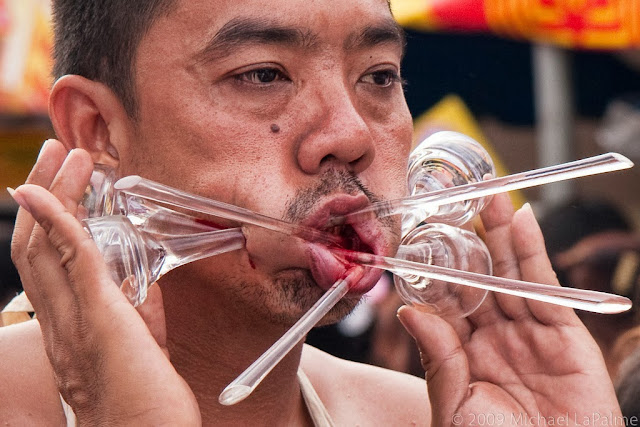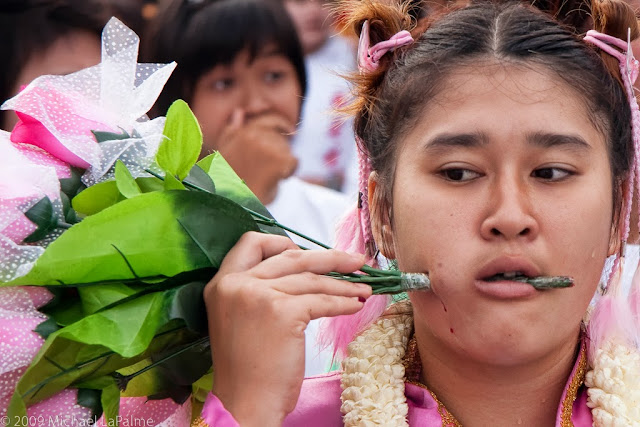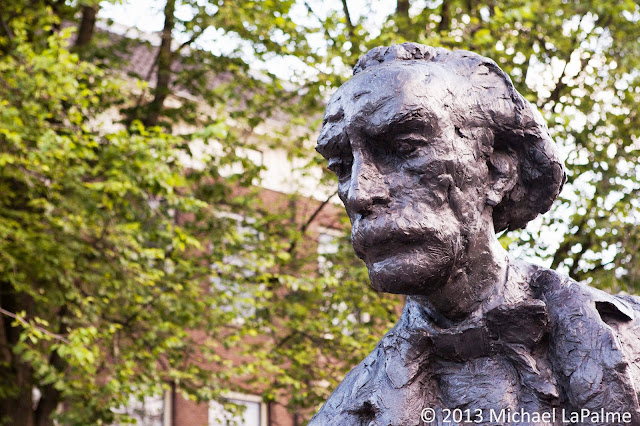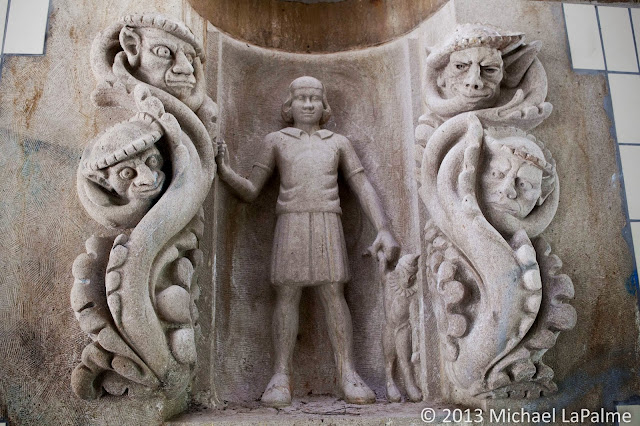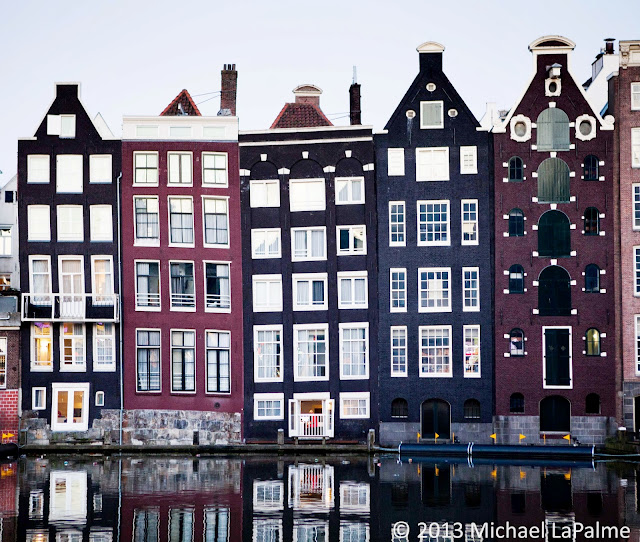 |
| Classic Dutch Architecture |
Amsterdam is such a great city. One of my own personal favorites. Having made one earlier visit during the 1990's, I have been eager to return ever since. I was working in neighboring Switzerland at the time so I booked a flight and spent a long weekend in Mokum. The flight was quick and uneventful. I arrived at Schiphol and quickly made my way to the station under the airport. I arrived at Amsterdam Central Station and saw this view as I stepped off the train.

I arrived late in the evening just as the sun was setting behind one of the imposing cathedrals next to the central train station. I stepped out of central station to encounter this scene on the Damrak.
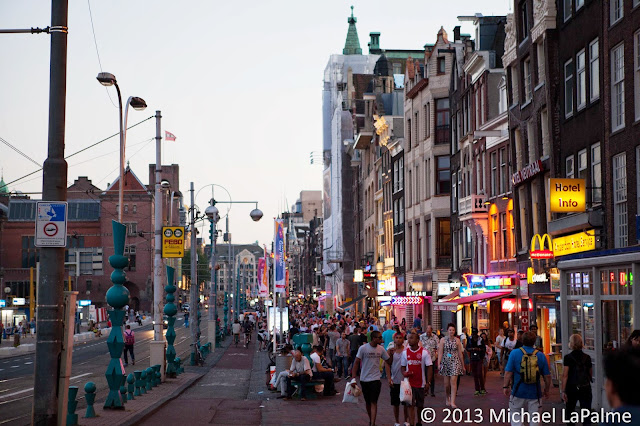 |
| Evening crowds on the Damrak |
As you walk down the Damrak you will see a line of buildings off to your left across the canal where they park the tourist boats.
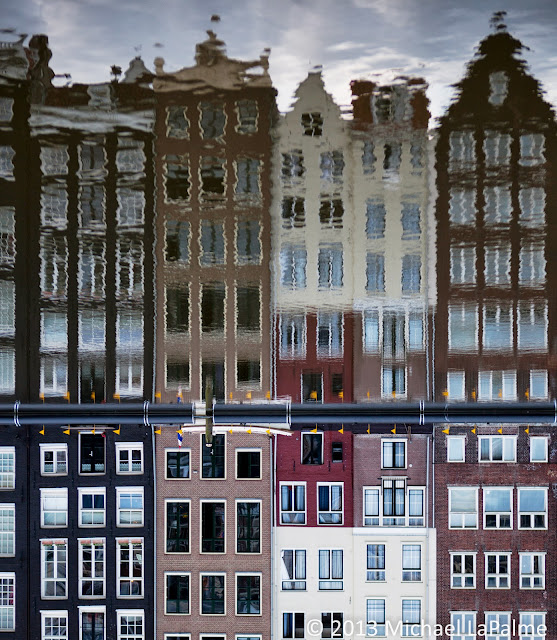 |
Reflections from canal
|
There were numerous street festivals going on. People were drinking en mass on boats in all of the canals.

Beautiful blue skies behind the Royal Palace and Obelisk in Dam Square near the Amsterdam Central Station.
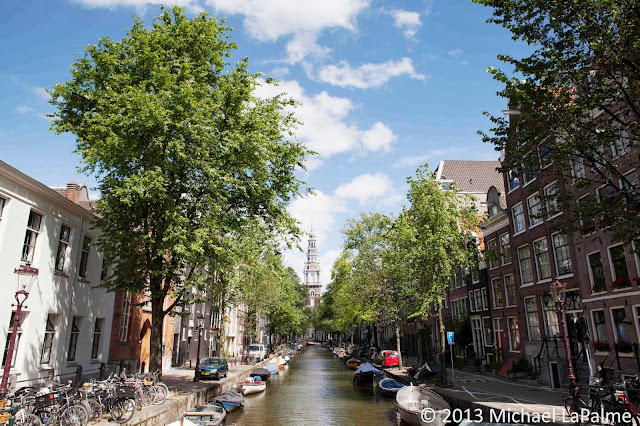
Boats line this quiet residential neighborhood not far from the Museum district in Amsterdam. A cathedral tower rises in the background.
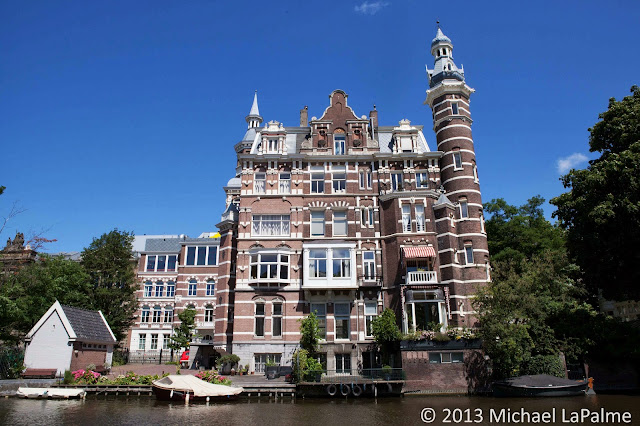
Beautiful mansions along sides of a major canal near the Vondelpark and Museum districts. I really enjoy exploring old European cities, especially the ones which survived the world wars. I enjoy the reflections on the canal water.
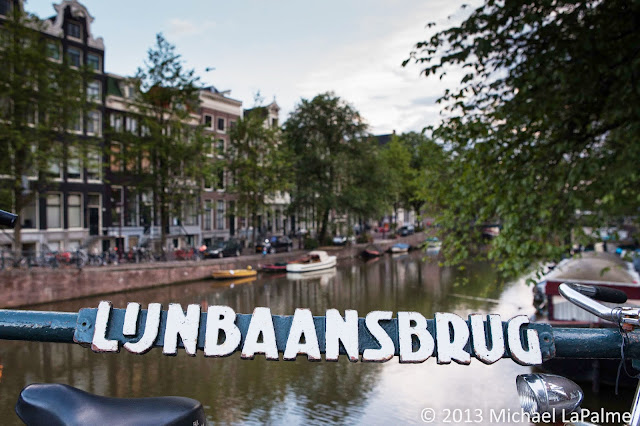
The stone cathedrals, palaces, statues and sculptures from the 16th, 17th and 18th centuries are connected by watery bands lined with beautiful, mature trees.
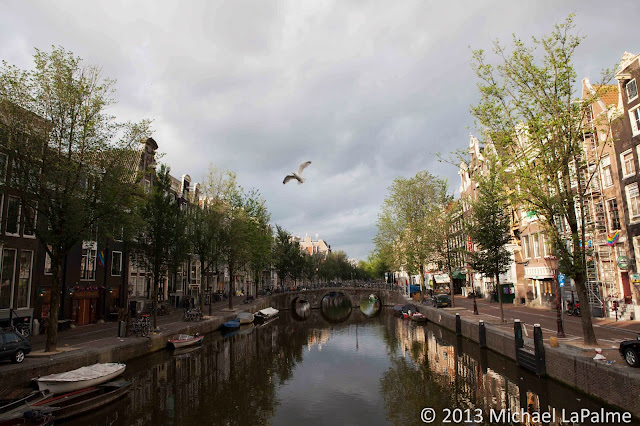
The water and green space promotes a sense of tranquility among the hectic bustle of city life. The city planners control and prevent change rather than exploit it. The canals are relatively clean compared to the ones around my home in Bangkok.

The bells on the bicycles rang incessantly. One would expect that collisions between wheels and pedestrians would be more common but there remains a sense of order & rhythm arising from the chaos.
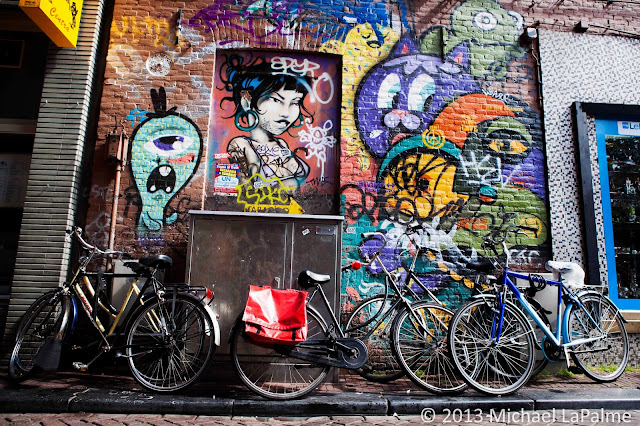
Bicycles parked in front of a headshop in the red-light district. These head shops sell practically everything. The Dutch are a very progressive people compared to the rest of the world.
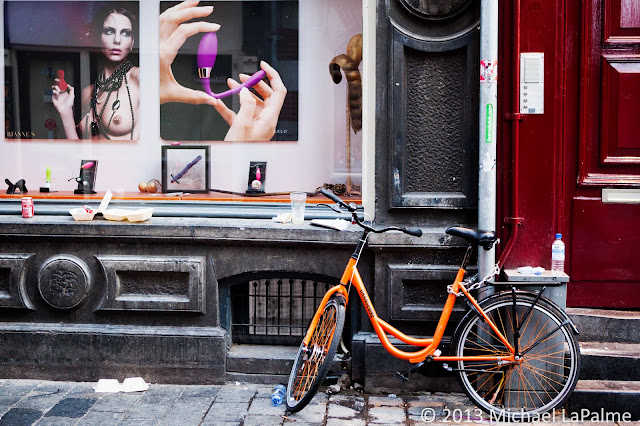
Sex is everywhere in this city. The red light district offers something for practically everyone. The narrow city streets puts all involved parties within close proximity of each other.
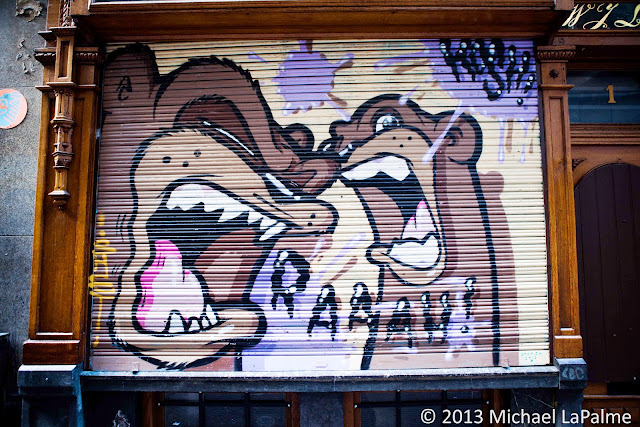
Amsterdam street art on local shop house. Strange, colorful splashes of creativity among an medieval city. The
Condomerie (Condom Store) and
GreenDayz Coffee shops on the Warmoesstraat road.
 |
Warmoesstraat 141, 1012 JB Amsterdam, Netherlands
|
The city is lit quite beautifully at night. Tourists come out in droves to take photos of all the landmarks around the city's biggest squares.
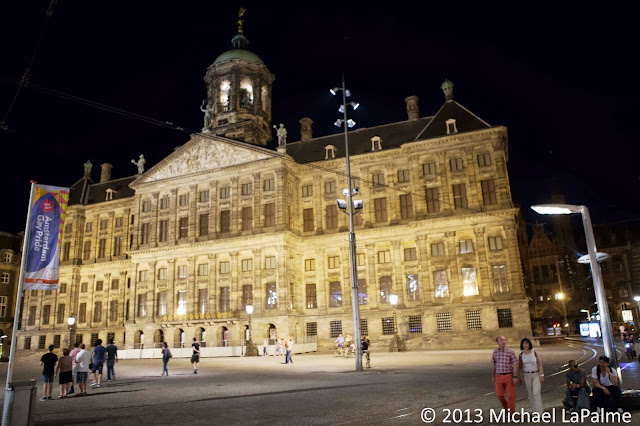
The boats, bicycles, cars, trams and trains keep the city buzzing with an eclectic sense of movement.
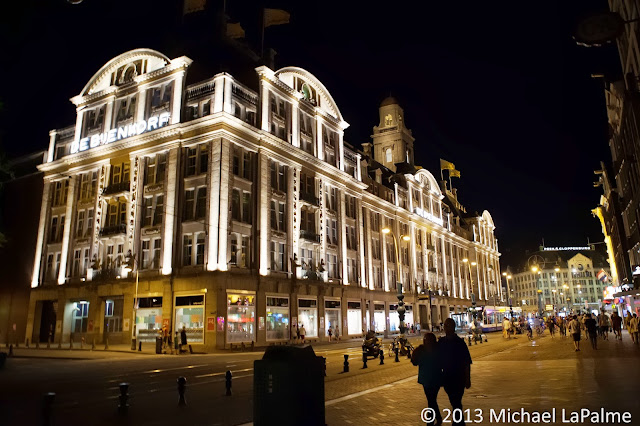
The city is rich in history and works of art can be found prominently displayed all over the city.
Keystone artwork under a bridge in Vondelpark. The Vondelpark is 120 acres of beautiful nature located west from the Leidseplein and the Museumplein..
Overlooking the noisy scenes and nightlife around the Warmoesstraat.
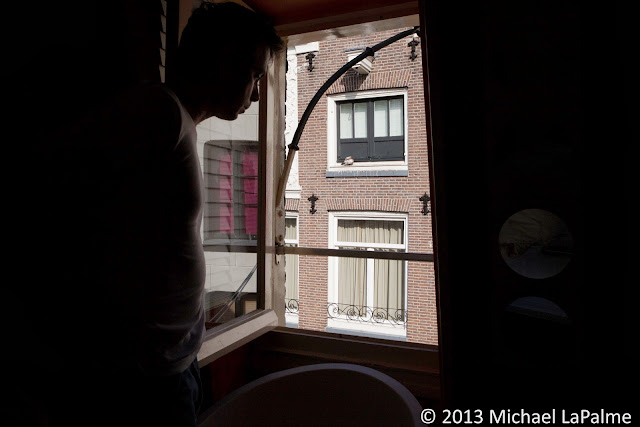
Steep staircase in typical Amsterdam building
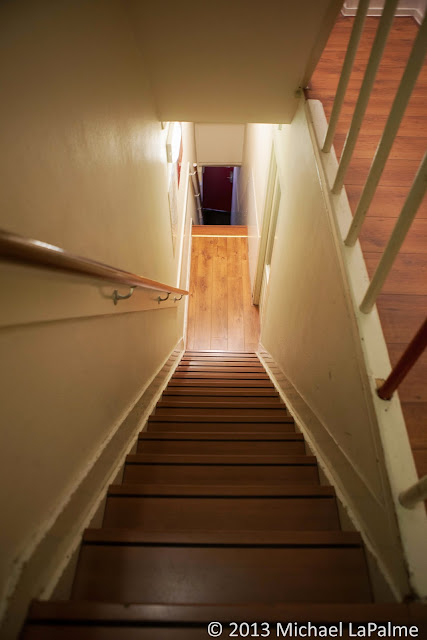
Explore Amsterdam Yourself
View Larger Map
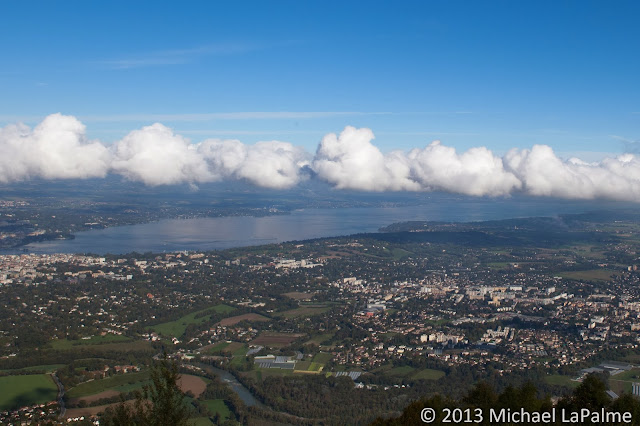

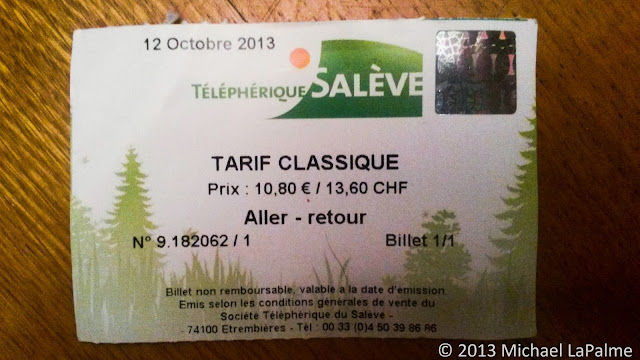

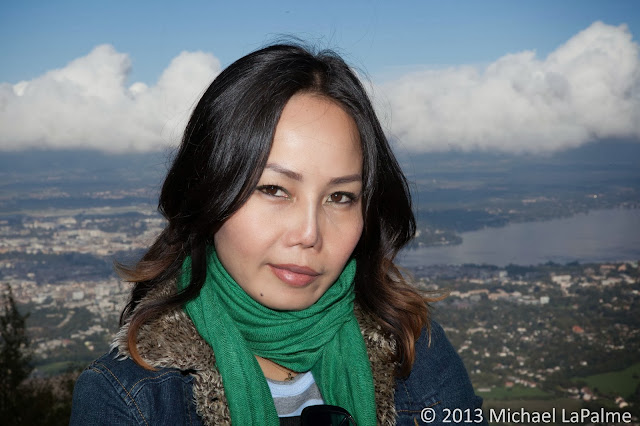
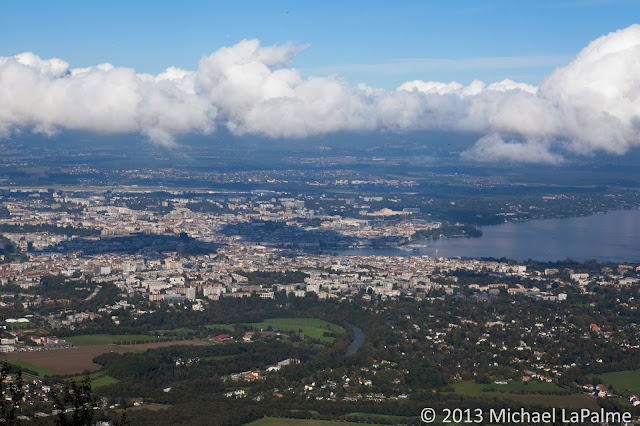
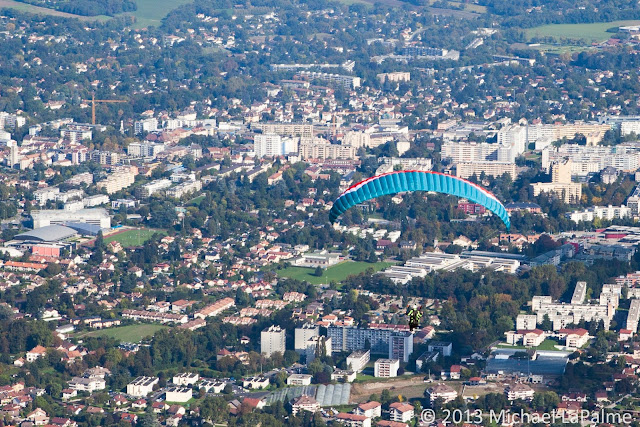











.jpg)
.jpg)
.jpg)
.jpg)
.jpg)
.jpg)
.jpg)
.jpg)
.jpg)
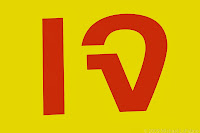
.jpg)

.jpg)
.jpg)
.jpg)
